It’s Holy Week, and of course, this coming weekend is Easter. One of Christianity’s best kept secrets; unlike Christmas, it seems few people in Taiwan have any idea what Easter is, and certainly no idea that it’s coming this weekend. Probably far fewer people than usual will be in church to celebrate too, as this coming weekend is also Taiwan’s Tomb-Sweeping Festival (Qingming), Women’s Day and Children’s Day all combined into one long 4-day weekend.
For young professionals and families in Taiwan’s cities, it’ll be a holiday weekend away from their high-pressured office jobs, enjoying some spring weather before the heat of summer, with trips to Taiwan’s outlying islands, up to the central mountains or beach resorts. Covid-19 restrictions for overseas travel mean that everyone is holidaying in Taiwan these days and domestic tourism is booming. For our students here at St. John’s University (SJU), they’ll be in demand for part-time work either near their homes or in our local restaurants, cafes, beaches and tourist sites lining Taiwan’s northern coast, like Laomei and the Fuguijiao Lighthouse…
One things for sure, wherever we go, there’ll be major traffic jams all weekend!
The good news is that we got off to a good start for Holy Week with a celebration of Palm Sunday at Advent Church and SJU….



Otherwise, March has been a much quieter month than most years, with activities considerably reduced due to concerns about Covid-19, though daily life continues mostly as normal. Fortunately, Taiwan currently has no known community transmission, with 10 deaths and 1,024 confirmed cases, all contained by strict border and quarantine controls. Imported vaccines have resulted in health workers and Olympic hopefuls receiving their first shots in recent weeks, but for the general population, we await final trials of local vaccines, the government eager to proceed at a safe and normal speed of vaccine development. This weekend Taiwan’s very first carefully-monitored travel bubble is starting with the tropical island paradise of Palau; their new president is currently in Taiwan for the official launch, returning home on the first official bubble flight tomorrow.
Spring is here, and with it has appeared the cherry blossom, azalea and wisteria, all looking spectacular. I’ve counted up to 7 crested serpent eagles circling on the thermals above our campus, while down here below we have frogs, lizards, snakes and butterflies all enjoying the sunnier weather (photos / videos in this post were all taken in the last few weeks, some locally, others up at the mountains of Yangmingshan).
I’ve had 2 sermons to write this month for 2 different English congregations, and in both, I’ve used the same story as an illustration. Some sermons generate more comments than others, and this was one of them. In the light of so much division, separation and isolation in this world – in the church as well as in society as a whole, it seems good to share this story here, with thanks to Rev. Samuel C. L. Liao who originally included a paragraph about this in a piece he wrote for the ‘About Us’ section for our upcoming new website. For once, this is a happy story of 3 church / mission groups plus 2 bishops who put aside their differences and decided to work together for the sake of the Gospel and the people they served. And it all happened in the mid-19th century, when egos and self-interest played just as large a role in decision-making as they seem to do today.
First a disclaimer, I am not particularly interested in Anglican / Episcopal Church history, hierarchies, titles and governance as such, but I am interested in the background story of how the Taiwan Episcopal Church got its Chinese name. Knowing only the basic facts, I acknowledge that there could be a whole lot more to discover deep in the archives. Sadly, church history got way too complicated when Henry VIII started knocking off all those poor wives with names the same as mine, so a little church history goes a very long way. But what I have also discovered is that most of our church members here also know very little about this story – but, like me, they are interested.
It’s fair to say that most countries where the Anglican / Episcopal Church has been established have just adapted the ‘Anglican’ part of their name into something acceptable in their own language while still being recognizable as the word ‘Anglican’, so in Rwanda for example, the church is known as ‘Eglise Anglicane du Rwanda’, in Brazil as ‘Igreja Episcopal Anglicana do Brasil’.
But this is not so in places like Japan, Hong Kong, Taiwan…
First a bit of background: the word ‘Anglican’ means ‘English,’ denoting the country where the Anglican Church was originally founded. In England, the Anglican Church is just known as ‘The Church of England’ because it’s the national church. The American Church, which originated in England, uses the title, ‘The Episcopal Church’; ‘Episcopal’ means ‘bishops’. One of the main differences when The Episcopal Church was established was that while bishops in England were appointed by the crown, not so in the USA, where they considered themselves free from English rule, so US bishops were – and still are – elected instead of being appointed.
Here in Taiwan, we call our branch of the Anglican Communion by the name ‘Taiwan Episcopal Church’ because we belong to the US-based Episcopal Church. We’re part of Province VIII, officially established in 1954. The Chinese name for the Taiwan Episcopal Church is 台灣聖公會 (Taiwan Sheng Kung Hui). There are 3 Chinese characters in the church part of the name: Sheng 聖 means ‘holy’, Kung 公 means ‘catholic’ (meaning ‘universal’), Hui 會 means ‘church’. So how come the Chinese name of the Taiwan Episcopal Church translates in a way that is completely unrelated to the English name? It’s clear that there’s no word in the Chinese name that can be translated as ‘Anglican’ or ‘Episcopal.’
So the story goes like this. The US Episcopal Church started their evangelism in Mainland China in 1835, and in Japan in 1859; they were followed soon after by CMS and SPG (now USPG) Anglican mission societies from England, and much later (1888 in Japan) by the Anglican Church of Canada. But working together was not easy, each church and mission society had their own style of mission and their own style of worship. In 1866, aged 37, US Bishop Channing Moore Williams was consecrated to serve as ‘Episcopal Bishop of China and Japan’, largely based in Japan. Twenty years later, in 1886, aged 36, UK Bishop Edward Bickersteth was consecrated to serve as ‘Missionary Bishop of the Church of England in Japan,’ (succeeding Bishop Arthur W. Poole, 1883-1885). Wrap your mind around that bit of history – that’s how they did things in those days.
Anyway, surprise, surprise, these 3 groups in Japan: the US church, CMS and SPG, led by these 2 bishops – 20 years’ difference in age – agreed to work together and unite their missionary efforts into one autonomous national church. The first Japanese synod, instigated by Bickersteth and presided over by Williams, was held in Osaka in 1887. At that meeting, the Japanese church (then with a membership of about 1,300 and with lay delegates sent from every church) decided to take part of the Nicene Creed, ‘We believe in one holy catholic and apostolic Church’ and from that phrase to adopt ‘The Holy Catholic Church’ (聖公會, 聖: holy, 公: catholic, 會: church) for its name, pronounced in Japanese as ‘Nippon Sei Ko Kai’ (NSKK), the ‘Holy Catholic Church in Japan’.
In 1912, the Anglican / Episcopal church in China also decided to call their new church, ‘Chung Hua Sheng Kung Hui’ (CHSKH) 中華聖公會, the ‘Holy Catholic Church in China’. From that came ‘Hong Kong Sheng Kung Hui’ (HKSKH) 香港聖公會, the official title of the Anglican Church in Hong Kong. And some of the CHSKH members who later moved to Taiwan became founding members of the Taiwan Episcopal Church (Taiwan Sheng Kung Hui) 台灣聖公會 in 1954. We are really the ‘Holy Catholic Church’ in Taiwan.
And guess what, we’re not totally unique in the Christian world ~ other churches also chose Chinese names that are totally unrelated to the original, most notably the Roman Catholics – but that’s a whole other story. And we’re nowhere near unique in having a history of mission societies and church groups in conflict with each other in the same country – just think of East Africa, but that is also a whole other story. Ah, church history, sigh!
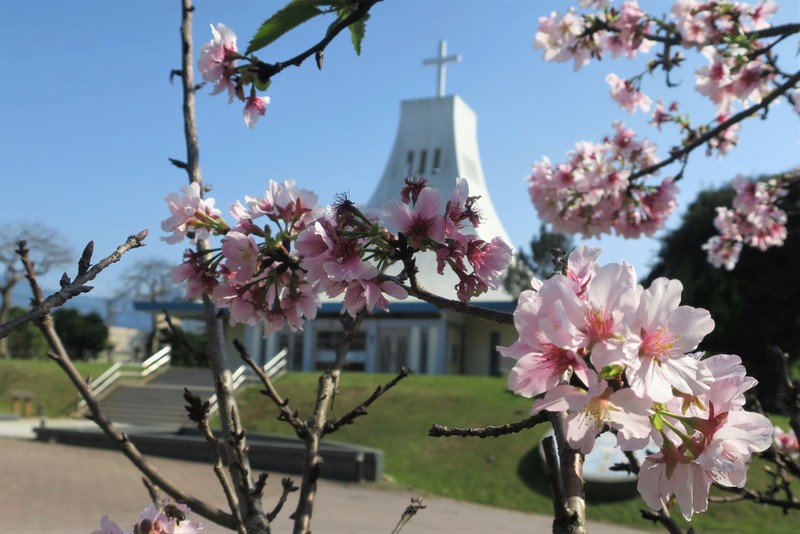

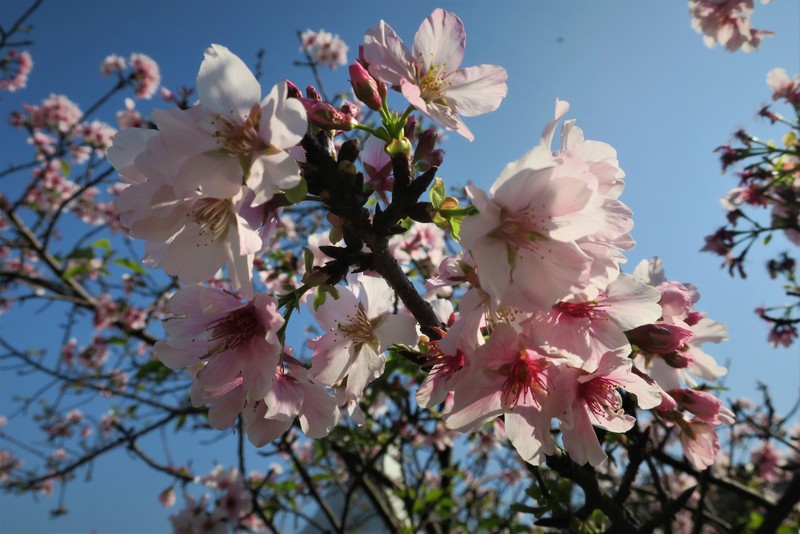

Just as those 2 bishops decided to work together to try to resolve their differences, so we need to continue to preserve our unity today. Our diocesan motto this year is ‘Working together as one in Christ to build the church’, and that was one of the themes of our diocesan convention held a few weeks ago in Kaohsiung. What does it mean for us to ‘work together as one in Christ?’ Partly it means not being divided by our differences, old and young, traditional and modern, high church and low church, liturgical and non-liturgical, hymns and choruses, informal and formal, Mandarin Chinese and Taiwanese, urban and rural, liberal and conservative, online and in-person – and more. All these things have the potential to divide and separate us – or to bring us together, depending on which way we choose to go. Let’s try putting ourselves and our own agendas on one side this Holy Week, Easter and in the future, and find ways to work together – for the sake of the Gospel and each other.
“Unless a grain of wheat falls into the earth and dies, it remains just a single grain; but if it dies, it bears much fruit.” John 12:24
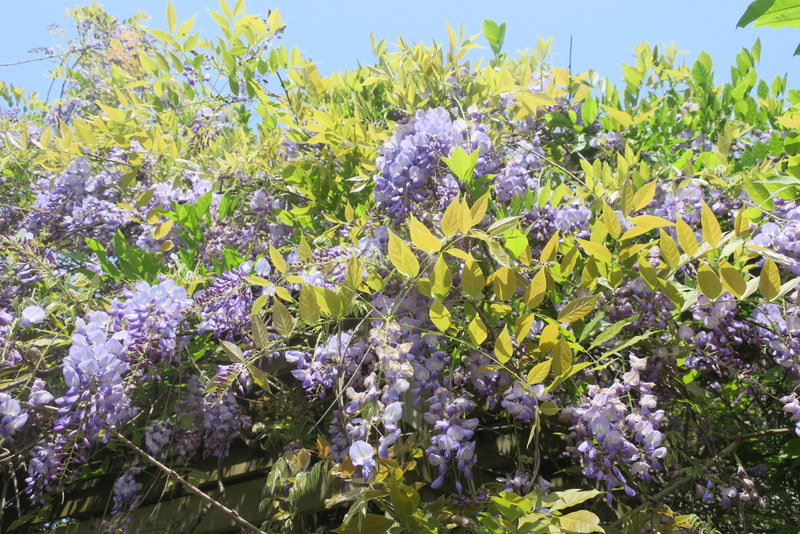


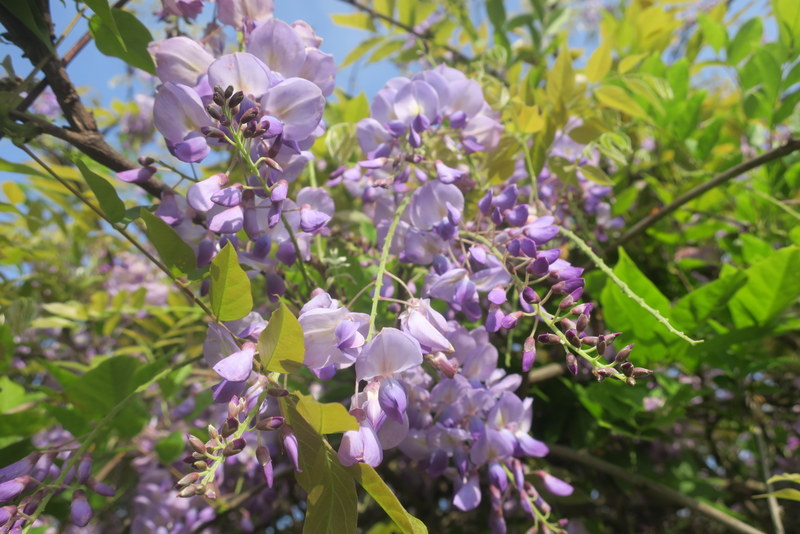

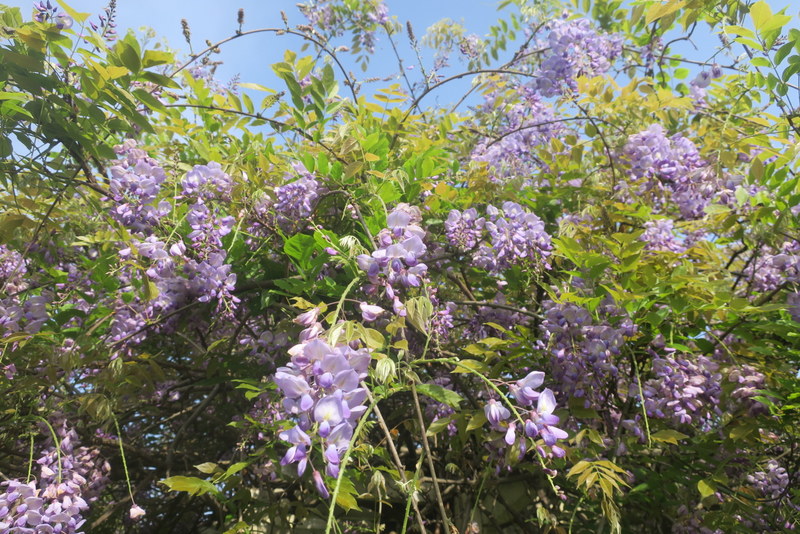


Children sometimes do better at this than adults, putting aside their differences that is, and Children’s Day on April 4 is a way to celebrate. At our local Xingren Elementary School (photos below are taken from their website), we celebrated Children’s Day recently by making paper people and each child choosing 4 countries that have some meaning for them – many children in Taiwan have mothers from other SE Asian countries, and Japan, Korea and USA are always popular choices. Gotta love the row of monsters on the back wall too! The fun song to sing for this is on YouTube: Hello to all the Children of the World – check it out, you’ll be singing it all day!


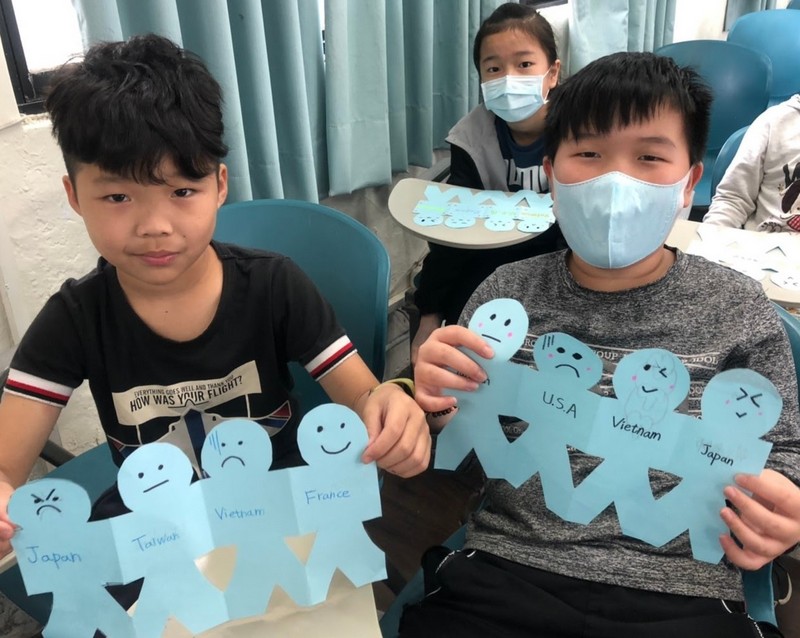
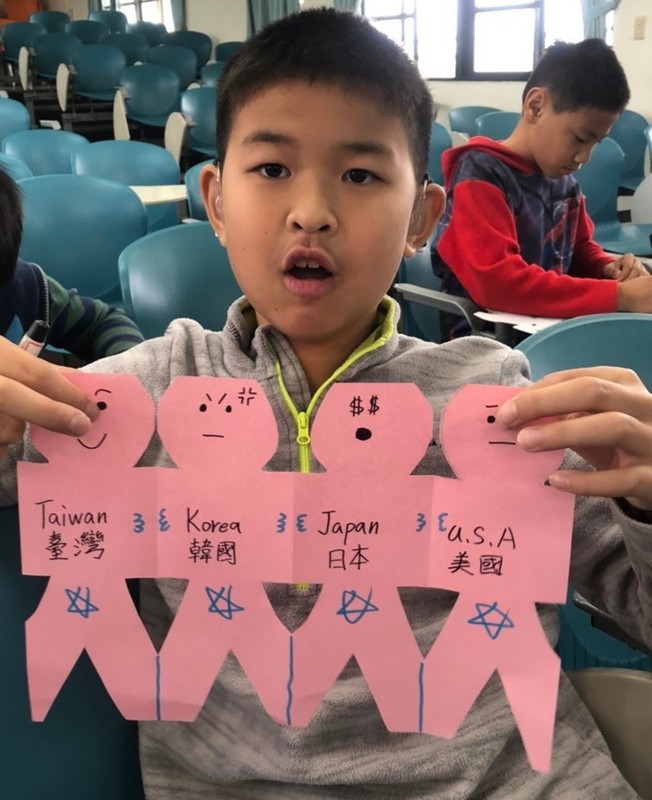

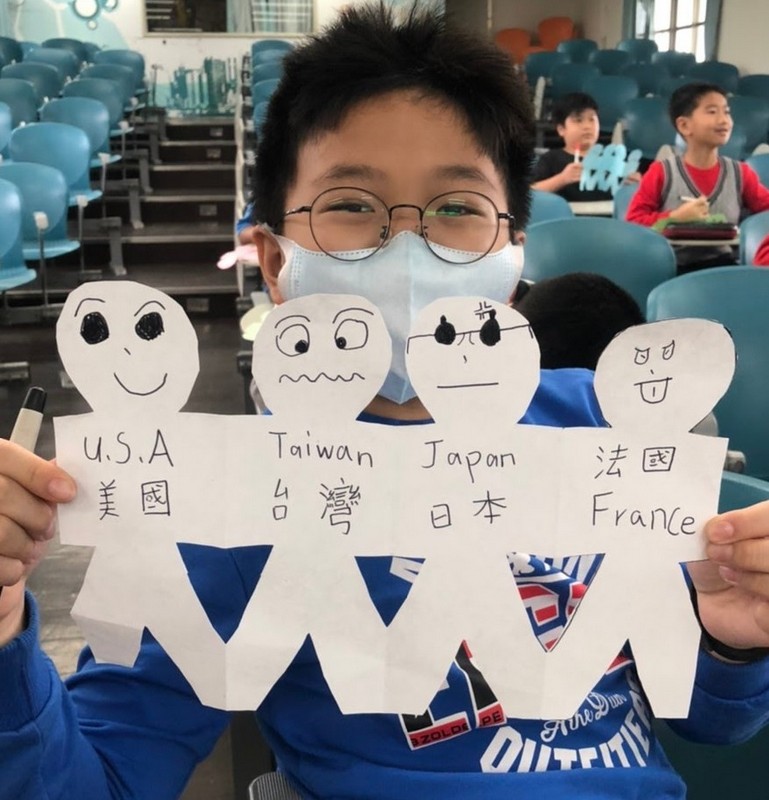


Meanwhile yesterday we distributed salted duck eggs around SJU to wish everyone a Happy Easter…
And to you all too ~ wishing you all a meaningful and blessed Holy Week, and a joyous and hopeful Easter!






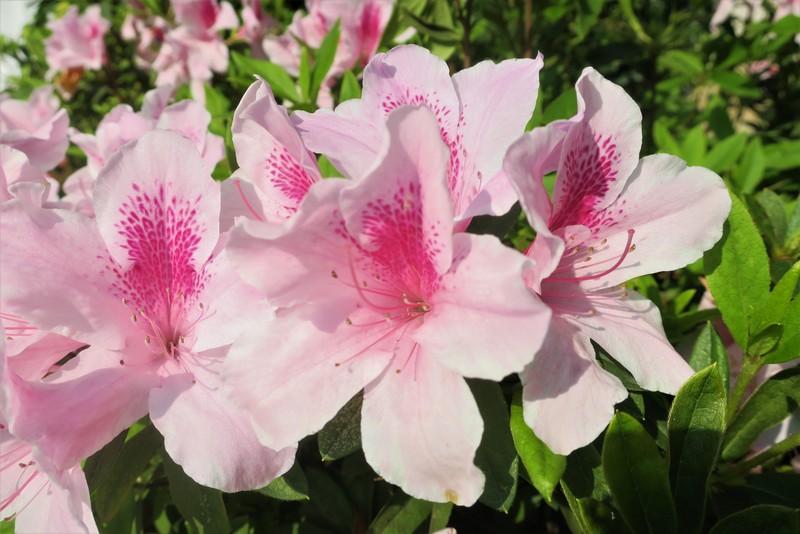

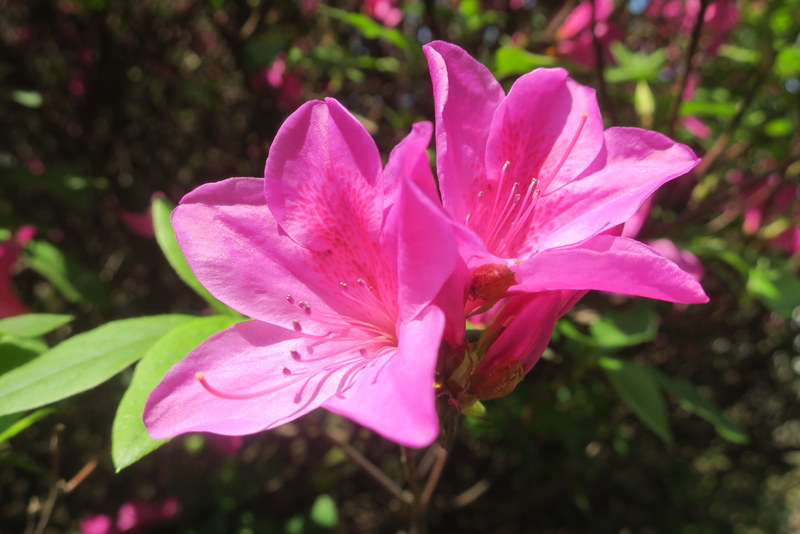









Many thanks for your history lesson , which I actually found very interesting. The astonishing thing is that the 3 groups did actually agree to work together!
Happy Easter.
Love
from Geoff Weaver
Thanks Geoff, and Easter greetings to you too!
WIshing you many Easter blessings Catherine from a sunny Saffron Walden! Thank you for that fascinating Church History and the gorgeous photos. Love the children! Love and prayers, Jenny
Thanks Jenny, many blessings!
Lots of lovely photos as usual Catherine and interesting info about the name of the church there. The children look to be enjoying their activities. Wishing you a happy and blessed Easter. Dewsbury Minster is not opening for Easter as Covid numbers are quite high locally. We hope to come out of lockdown gradually as we become vaccinated, but a third Wave is spreading throughout Europe. Best wishes to you. Please pray for us against Covid. Anne
Thank you Anne, blessings for Holy Week and Easter, and prayers for you all re Covid, take care.